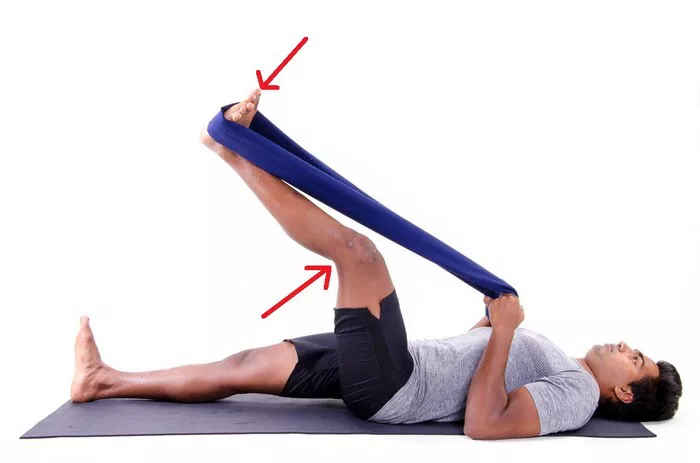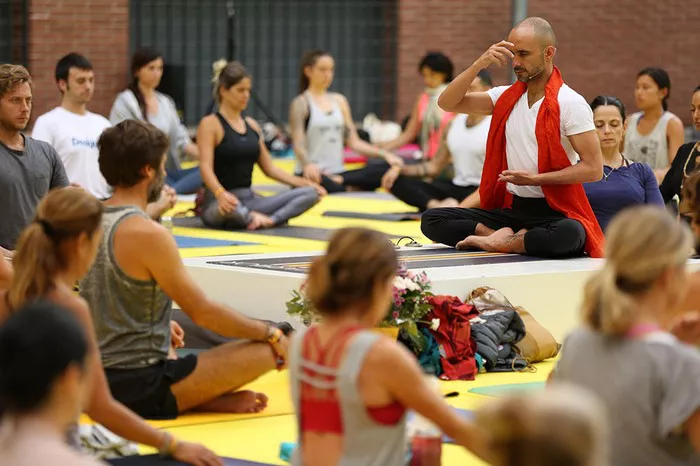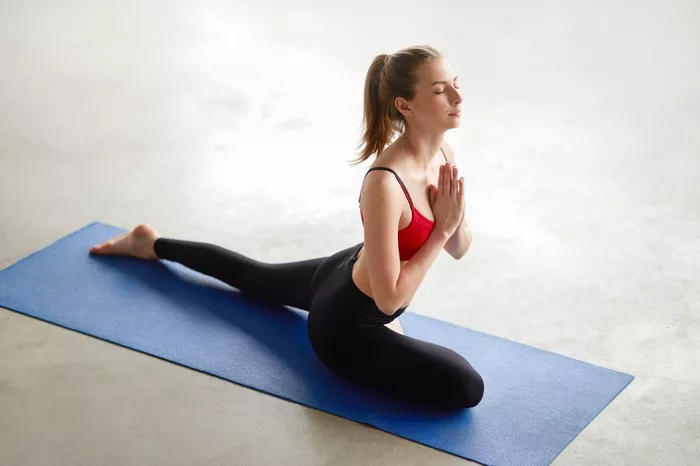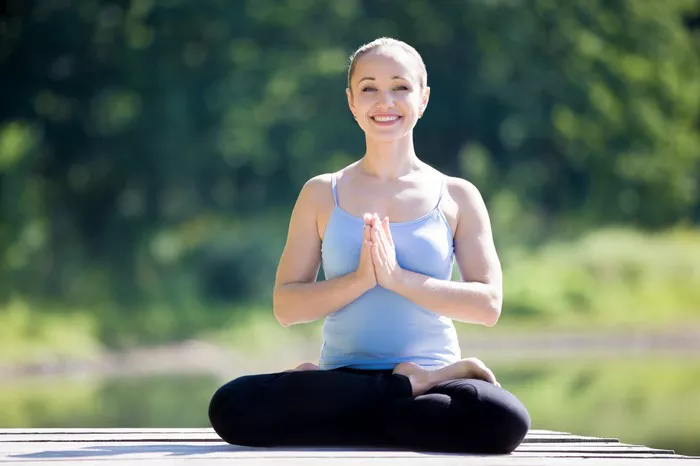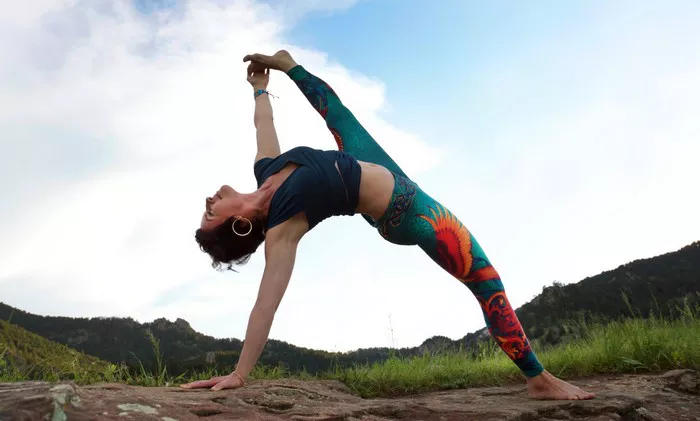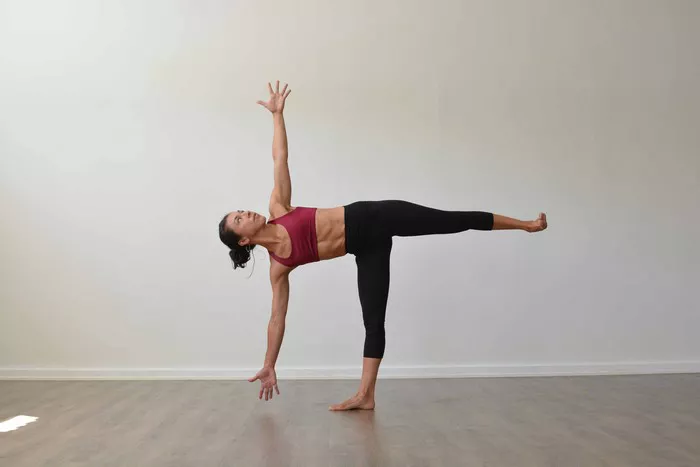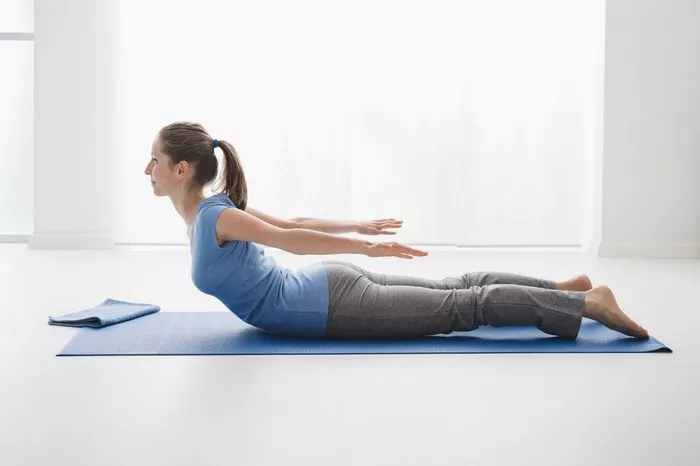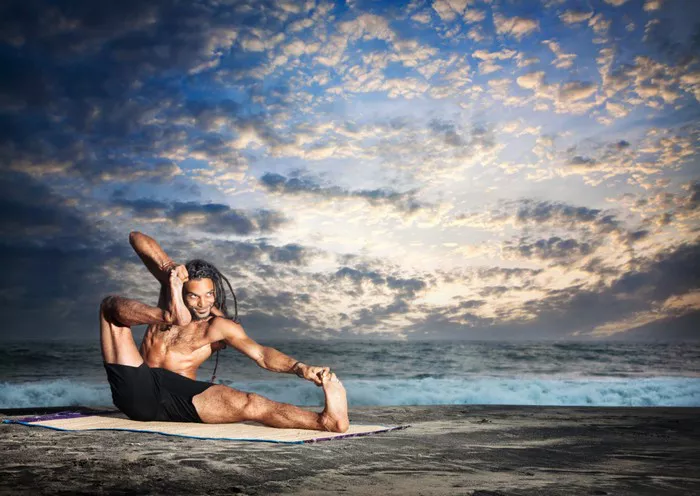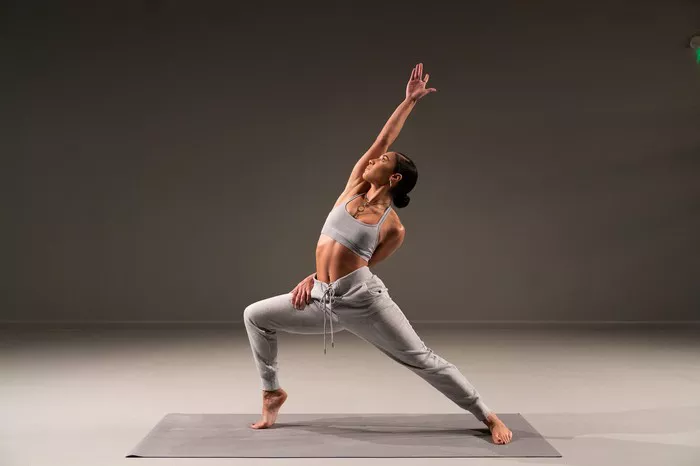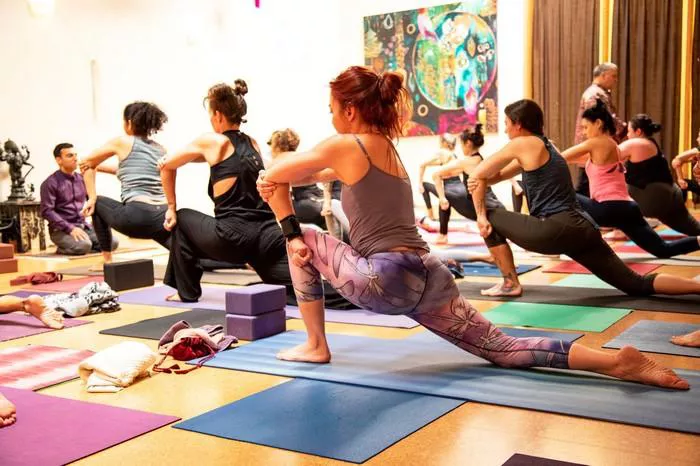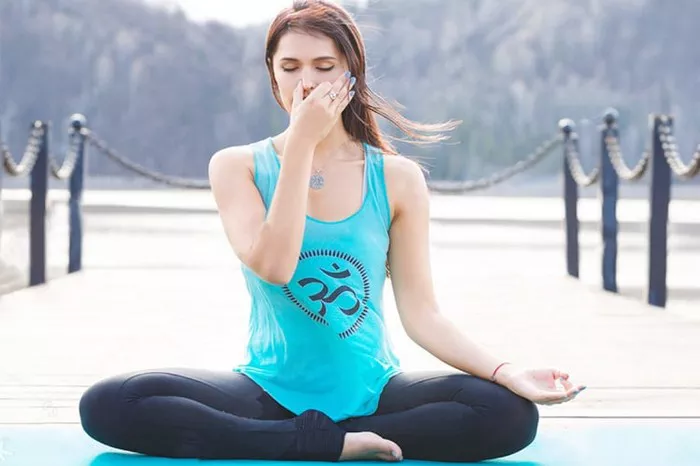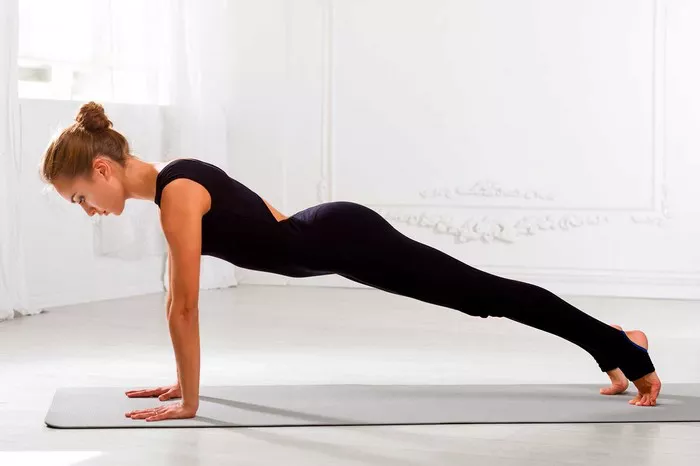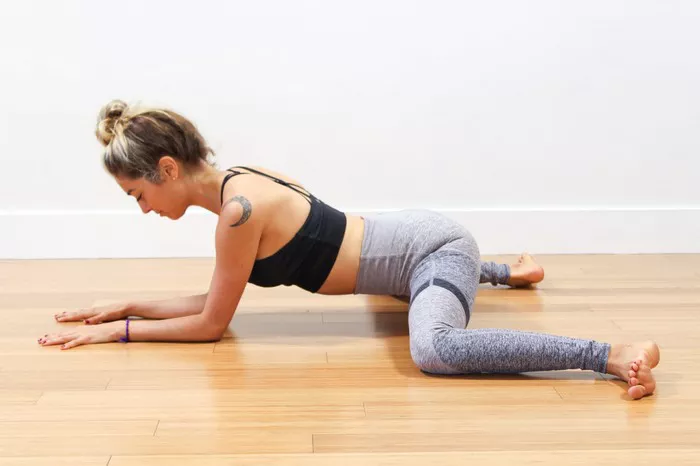Designing a yoga sequence can be both an art and a science. One of the most common questions yoga practitioners and instructors ask is, how many poses should be in a yoga sequence? The answer, however, is not a one-size-fits-all. It depends on multiple factors including the style of yoga, the level of the practitioner, the duration of the class, and the goals of the practice. This guide will explore these considerations in depth to help you create balanced and effective yoga sequences that suit your needs or those of your students.
Yoga sequences vary widely—from a brief 10-minute flow to a full 90-minute class. Therefore, the number of poses included will naturally fluctuate. Understanding the role of each pose in the sequence will help you decide how many poses to include without overwhelming or under-challenging the practitioner. The key is to strike a balance between variety, focus, and flow.
Factors Influencing the Number of Poses in a Yoga Sequence
Several key factors affect how many poses should be incorporated into a yoga sequence:
- Class Duration: The length of the practice session is a primary determinant. A 20-minute practice may only accommodate 5 to 8 poses, while a 60-minute class might include 15 to 25 poses.
- Style of Yoga: Different yoga styles have different pacing. For example, a Vinyasa or Flow class will have more poses connected fluidly, whereas a Yin or Restorative session focuses on fewer, longer-held poses.
- Practitioner Level: Beginners benefit from shorter sequences with fewer poses, allowing time for instruction and proper alignment. Intermediate and advanced practitioners can handle more poses with transitions.
- Purpose of the Practice: The intention—whether it is strength-building, flexibility, relaxation, or meditation—also guides the number and type of poses.
Taking these factors into account ensures that the sequence remains engaging, safe, and appropriate for the intended audience.
Typical Number of Poses by Yoga Style
Different yoga styles naturally require different numbers of poses to achieve their goals:
- Hatha Yoga: Traditionally slower paced with a focus on alignment, Hatha classes usually contain about 10-15 poses held for longer durations.
- Vinyasa Yoga: Characterized by continuous movement and breath-synchronized flow, Vinyasa often incorporates 20-30 poses or more.
- Yin Yoga: This style focuses on deep stretching with poses held from 3 to 5 minutes, resulting in fewer poses per sequence—typically 5 to 8.
- Restorative Yoga: Using props and long holds, restorative classes feature even fewer poses, often 3 to 6, prioritizing relaxation over movement.
- Power Yoga: Fast-paced and vigorous, Power Yoga sessions might include 15-25 poses emphasizing strength and stamina.
Understanding the style-specific expectations helps sequence designers maintain authenticity and effectiveness.
Balancing Pose Variety and Depth
Including a diverse range of poses within a sequence ensures balanced engagement of the entire body and mind. However, this must be balanced with sufficient depth to experience each pose fully. Too many poses can make the practice rushed, preventing deep connection and mindful breathing. Conversely, too few poses may not provide a comprehensive workout or stretch.
When planning a sequence, consider incorporating:
- Warm-up poses (3 to 5 poses): Gentle stretches or mobility work preparing the body.
- Standing or dynamic poses (6 to 10 poses): Build strength, balance, and flexibility.
- Seated or floor poses (5 to 8 poses): Focus on deeper stretches or relaxation.
- Cool-down poses (3 to 5 poses): Promote relaxation and recovery.
- Final relaxation (Savasana): Usually 1 pose held for 5-10 minutes.
This arrangement creates a well-rounded flow without overloading the practice.
How to Structure Your Yoga Sequence for Optimal Flow
The sequence structure significantly impacts how many poses can be included effectively. A well-designed flow has a logical progression that prepares the body and mind step-by-step.
1. Opening Phase
Start with gentle poses that focus on breath awareness and warming up joints. This phase usually includes standing forward bends, gentle twists, and cat-cow stretches.
2. Peak Pose Preparation
Gradually increase intensity with standing poses, balancing postures, and backbends that prepare the body for the peak pose, which is often the most challenging in the sequence.
3. Peak Pose
Include one or two peak poses that embody the primary goal of the sequence. For example, a deep backbend or arm balance.
4. Counter Poses
Balance the peak poses with forward bends, gentle twists, or hip openers to neutralize the spine and release tension.
5. Cool-down and Final Relaxation
Finish with calming poses such as seated forward folds, gentle twists, and Savasana.
By adhering to this structure, you ensure that the number of poses supports a cohesive and mindful practice rather than a disjointed collection of movements.
How Long Should Each Pose Be Held?
The duration of each pose directly affects how many poses you can include in a given sequence. Generally:
- Dynamic styles (like Vinyasa): Poses are held for a few breaths (3 to 5 breaths) with continuous movement.
- Hatha and Iyengar: Poses may be held for 20 seconds to 1 minute to focus on alignment.
- Yin and Restorative: Poses can be held for 3 to 5 minutes or longer for deep tissue release.
Understanding hold times allows for precise planning of pose quantity per class length. For example, a 60-minute class with long holds will naturally include fewer poses than a dynamic flow class of the same duration.
Special Considerations for Beginners
For those new to yoga, a sequence with too many poses can be overwhelming. Beginners benefit from sequences that:
- Have fewer poses (about 6-10) to allow detailed guidance.
- Include basic postures such as Mountain Pose, Downward Dog, Child’s Pose, and Warrior I.
- Allow for longer hold times to focus on alignment and body awareness.
- Avoid overly complex or advanced poses that can cause frustration or injury.
By limiting the number of poses, instructors help beginners build confidence and develop a strong foundation.
The Role of Transition Poses and Breath
Transitions between poses, often overlooked, are vital to a smooth yoga flow. Including simple poses like Downward Dog or Child’s Pose as transitions:
- Allows practitioners to catch their breath.
- Prevents injury by preparing muscles for the next posture.
- Enhances mindfulness by maintaining continuous movement.
While transitions may not always be counted as “main” poses, they increase the total number of postures performed and should be planned accordingly.
Sequencing Tips for Yoga Teachers
If you are a yoga teacher designing sequences, consider these tips:
- Plan backward from your peak pose: Start with the most challenging pose and build a warm-up leading to it.
- Maintain variety but ensure balance: Include poses targeting all major muscle groups and joints.
- Integrate rest periods: Allow time for recovery to avoid fatigue.
- Customize for your audience: Adapt pose quantity and difficulty based on age, experience, and health conditions.
- Use props wisely: They can help modify poses, allowing inclusion of more complex poses safely.
Thoughtful sequencing elevates the overall quality of the yoga experience.
Benefits of Having an Optimal Number of Poses in Your Sequence
Choosing the right number of poses in a sequence leads to several benefits:
- Improved focus and mindfulness: A well-paced sequence allows practitioners to stay mentally present.
- Balanced physical engagement: Adequate pose variety ensures full-body strength and flexibility development.
- Reduced injury risk: Proper pacing and rest prevent strain.
- Greater satisfaction and progress: Both students and teachers experience growth and achievement.
Ultimately, the right number of poses enhances the holistic nature of yoga—uniting body, mind, and breath.
Common Mistakes When Selecting Number of Poses
Some common pitfalls to avoid when creating a yoga sequence include:
- Overloading the sequence: Trying to fit too many poses leads to a rushed practice.
- Ignoring transitions: Skipping transitions causes abrupt movements and potential injuries.
- Neglecting the goal of the class: Including irrelevant poses dilutes the focus.
- Underestimating rest time: Insufficient rest decreases endurance and enjoyment.
- Not adjusting for levels: A mismatch between poses and practitioner ability causes frustration.
Awareness of these mistakes helps create sequences that are both effective and enjoyable.
Conclusion
Determining how many poses should be in a yoga sequence is a nuanced decision that depends on style, duration, practitioner level, and practice goals. There is no fixed number applicable to all situations, but understanding the factors involved allows for thoughtful and effective sequencing. Whether you are a yoga teacher designing classes or a practitioner building your own home practice, keeping the balance between pose quantity and quality ensures a fulfilling and safe yoga experience. Always remember: quality and mindful movement matter more than quantity.
FAQs
Q1: Can a yoga sequence have only one pose?
Yes, some practices, especially in Yin or Restorative yoga, focus on holding one or two poses for an extended time to promote deep release and mindfulness.
Q2: How do I know if I have too many poses in my sequence?
If the class feels rushed, students are unable to focus on alignment, or there’s no time for breath awareness, your sequence likely has too many poses.
Q3: Is it better to do many short-held poses or fewer long-held poses?
It depends on the yoga style and goal. Dynamic styles benefit from many short-held poses; restorative styles benefit from fewer, long-held poses.
Q4: How should I modify the number of poses for a beginner class?
Use fewer poses (6-10), keep them simple, and allow longer hold times to build foundational skills and confidence.
Q5: Are transitions counted as separate poses?
While not always counted as primary poses, transitions are important postures that aid flow and safety. Include them thoughtfully within your total sequence.
Related Topics:

